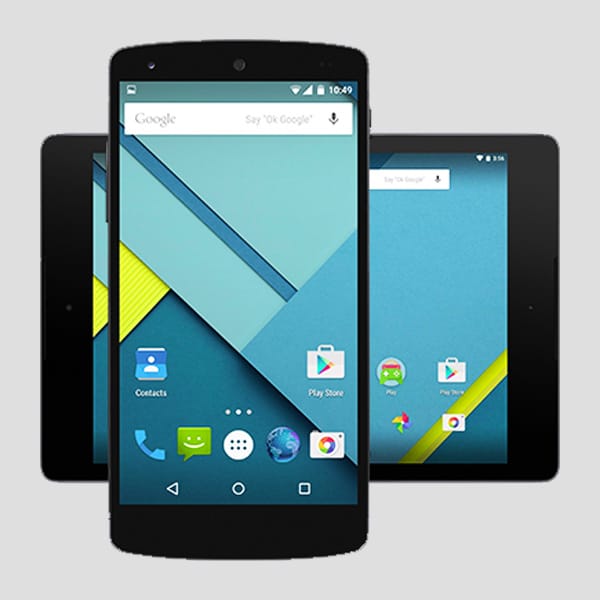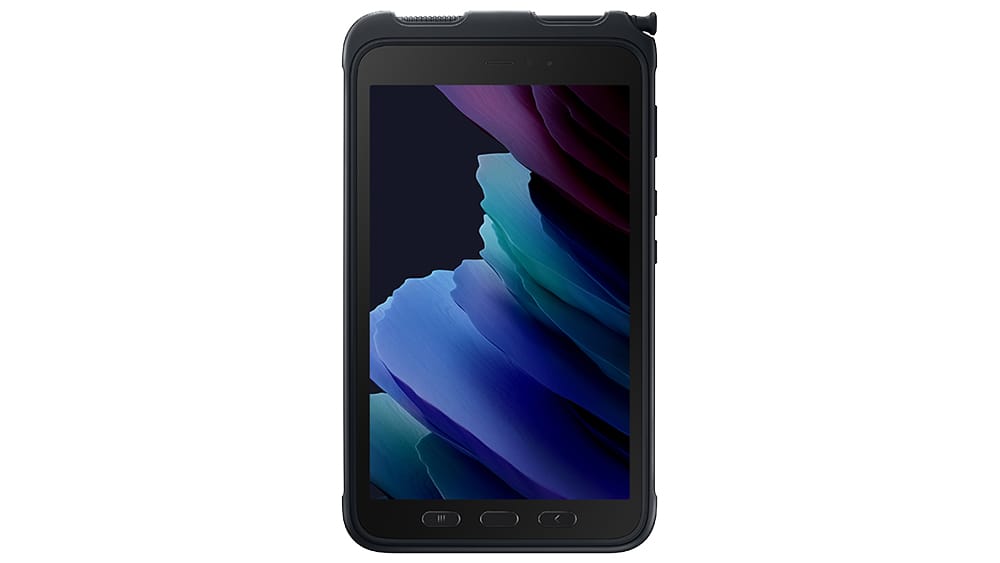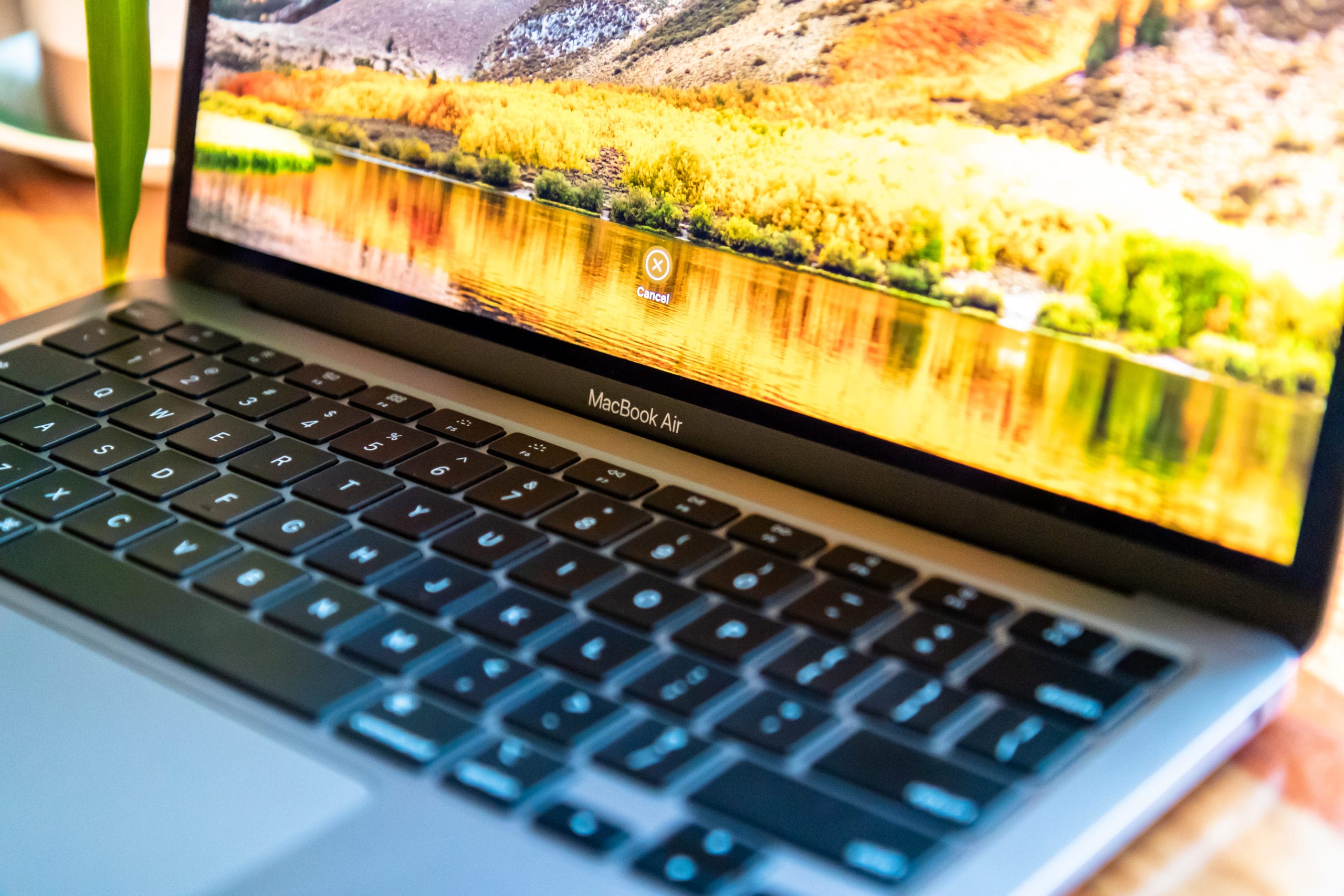
The Android market is full of diversity, which is a blessing for consumers but can be a curse for developers. Developing programs for many different devices, and then testing them on those devices, takes a lot of time. As the Android market continues to fragment, the problem’s only getting worse. Google, however, is seeking to change the current fragmentation trend. If it succeeds, that will be good news for developers (and consumers).
Android Fragmentation Is Growing
According to OpenSignal, a company that studies the Android market annually, there are now 24,093 different Android devices currently being used. Many of these devices are from companies you’ve probably never heard of, like Vega, Advan and Kyocera, but they contribute to the fragmentation of the market. In all, there has been a 28 percent increase in the number of distinct Android devices people are using over the past year.
In addition to device fragmentation, the Android market is also fragmented by updates. Only 18 percent of Android users have Lollipop, largely because it’s still not available on many devices. In contrast, 85 percent of iPhone owners are running iOS 8.
Developers Must Plan and Test for Many Devices
Among developers, fragmentation isn’t always welcomed. No developer can make an app that will run on all 24,093 Android devices — not even Lollipop is adapted to all of them! Before it’s widely used, an app must:
- run on several different Android updates
- be supported by numerous different hardware configurations
- adapt to various screen sizes and resolutions
- be compatible with different cameras (if it utilizes a device’s camera)
Building, testing and debugging a program across even a few dozen devices can take months. It’s virtually impossible for developers to capitalize on the entire Android market.
Google Is Standardizing Devices
Through Design for Android, a joint effort with Intel, Google is seeking to standardize the hardware configurations on many Android devices. Google’s main motive for doing this is so the company can roll out updates in weeks instead of months. The target timeframe for updating devices that are built to the program’s specs is two weeks. That’s good news for consumers.
Design for Android will also have benefits for app developers, though, because it should decrease the Android market’s fragmentation. First, multiple manufacturers expected to start building devices that meet the program’s hardware requirements, which will decrease the need to consider multiple configurations when writing and debugging an app. Second, more Android users should be using the latest update, so developers can take full advantage of Android’s latest innovations.
Design for Android is intended to reverse the fragmentation trend in the Android market. If it does, developers will have an easier time getting new apps to users quickly — and that’s good news for both developers and consumers.




